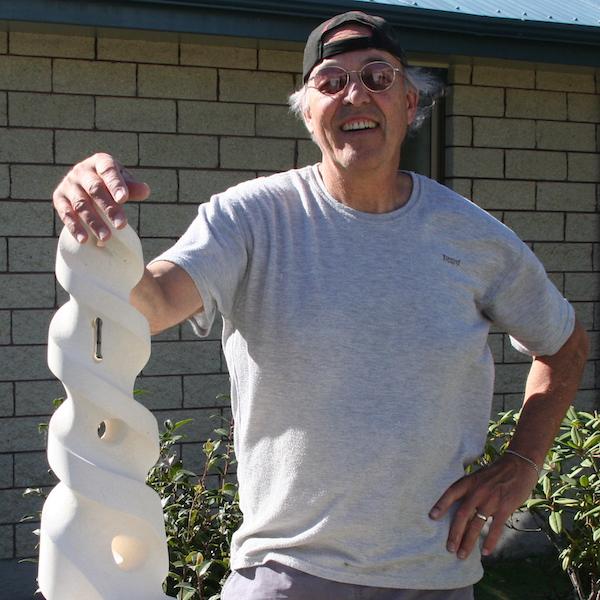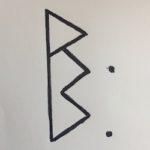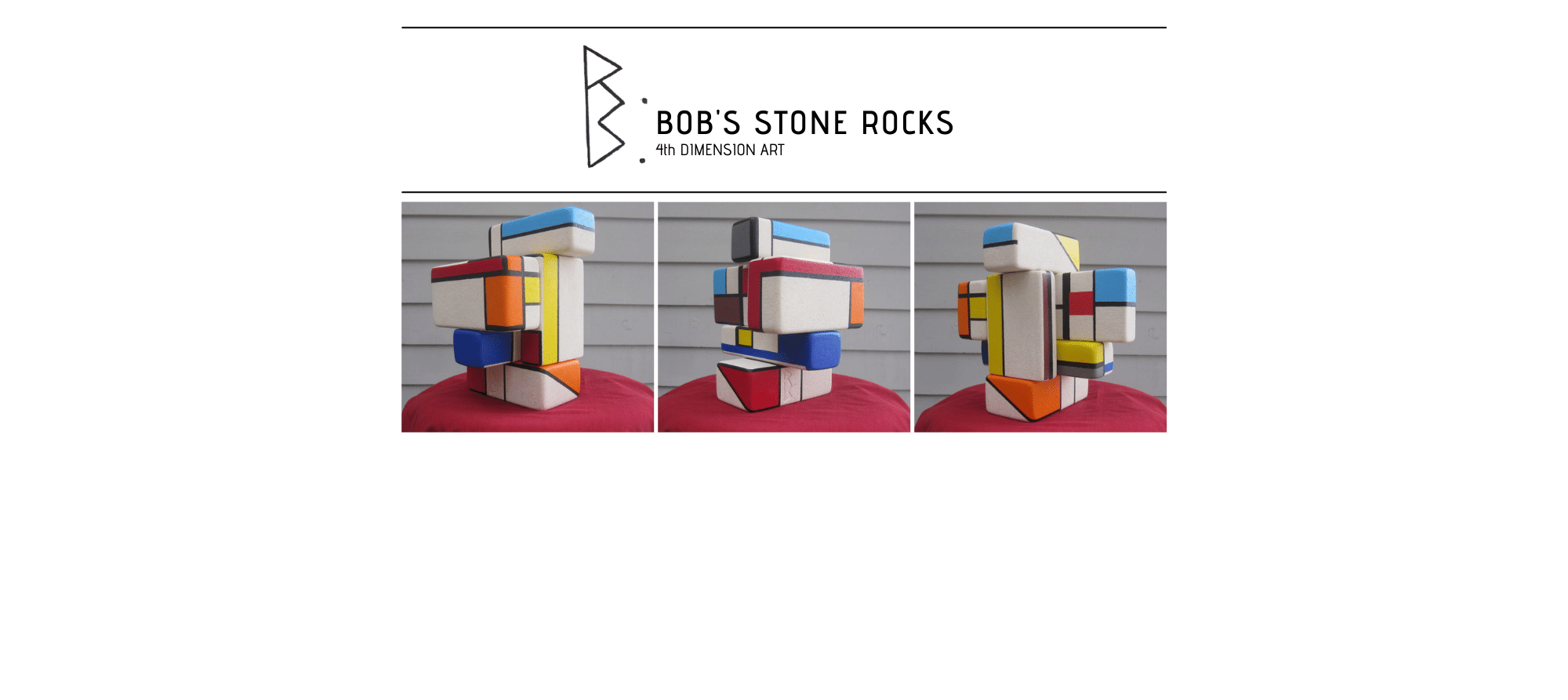
Biography
Art has always been an interest to me. My mom was very creative with her sewing and decorating and my grandfather was creative in his ability to construct house projects and in his work as a modern “blacksmith.”
While working in New Zealand, a friend invited me to an introductory sculpture class using Oamaru Stone. I reluctantly agreed and never thought my interest would extend beyond this weekend class. WRONG — I was smitten by this media and have never looked back.
I finished my course project and went on to complete another piece before my work contract ended. I wasn’t sure I would return to New Zealand, but I did for the next 6 years, carving a piece or two each time. I gave these pieces away to good friends or to the hospital where I worked. In May 2016 while in New Zealand, I had one ton of stone cut into 15 blocks, packaged, and sent to my home in Washington state. I only use hand tools for my carving and the only mechanical tool is a drill when opening an area or to make a hole a part of the sculpture (both rarely done).
Other than the single course I took in New Zealand, I am self taught. Most of my knowledge has come from working with the stone, knowing the tolerances and developing techniques to refine the sculptures. The stone is about a 4-5 of 10 in hardness, making it easy to carve with wood working tools. There are various degrees of “firmness” to the stone (i.e. is it a tight compression, and thus harder, or less so). The pieces of stone also have differing degrees of porosity figuring into the stone “hardness” and ability to get a smooth finish.
My sculptures started out as single position sculpture, but since 2014 I have moved to a “4th Dimension” style. I like this style because it allows the piece to be displayed in different positions as the owner/curator would prefer, not the artist. My signature is an “R” over an integrated “B” (Robert Basta). This “brand” has to be placed somewhere to identify my sculpture, but should not make a difference to the positioning of the sculpture.
With the “4th Dimension” I like the piece displayed in a window so the movement of the sun changes the shadow across the surface which significantly changes the appearance of the piece. As one might anticipate when carving a “4th Dimension” piece, I have to carve and view all the areas from different positions. The piece is always being turned to carve an area and to view and finish each of the surfaces.

I look forward to carving odd shapes that challenge my ability, creativity, and the tolerances of the stone. The designs I have executed are my own and I do not reproduce them (single execution of a design). I try to design and sketch a new piece, extending my technical skills and intellect to complete a design. There are areas in the USA where limestone is available and also other stone of similar hardness that I would consider working with in the future.
Medium
Oamaru Stone (5/21/20)
Oamaru stone is a nearly pure limestone with an off white to bone white color. There are rare scattered brown blemishes within the stone. The stone is accessed through Parkside Quarry in Weston, New Zealand. When finished shell fragments can be seen in the matrix. Since some of the parts of the “shell organisms” are not shell but their softer structures these softer structures may contribute to the softer blemishes or pitting on the finished surface. The quarry has been in operation since the 1860’s and many buildings have been built with this stone in Oamaru and Dunedin as well as other towns and cities in New Zealand. It is strong, but has the potential to crumble and wear under certain conditions The stone is about 4-5/10 in hardness (by the Mohs guide) and is easily carved with wood working tools. Although the stone is registered as 4-5/10 hardness, it varies quite a bit in the compactness/hardness. The harder compact stone has a much smoother finish.
The stone’s use as a carving/sculpture medium is well known. Because of its relative softness, sculptures need rounded edges to prevent damage. When the stone is sanded smooth and blown free of the carving/sanding dust it is easy to see the imbedded shell fragments . If the object is to be for an exterior display then a silicone coating will offer protection against acid rain and mildew/moss. All carvings of Oamaru stone should be treated as a piece of glass because if dropped (especially pieces with open spaces) damage will occur. Carving the stone is a process in patience.
